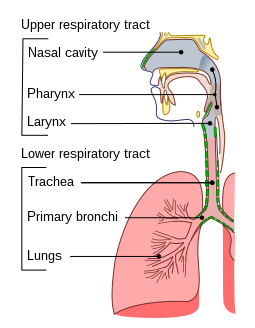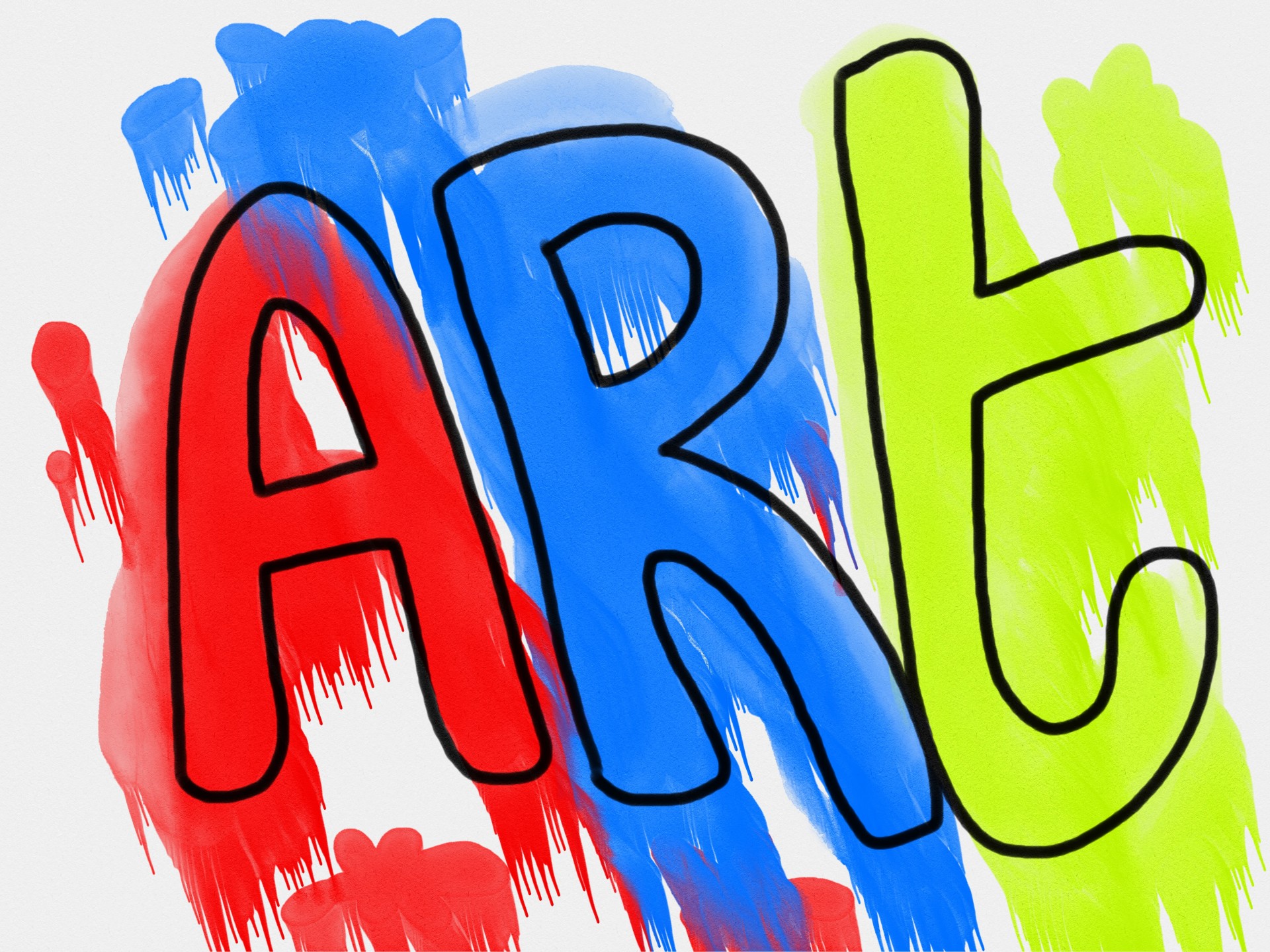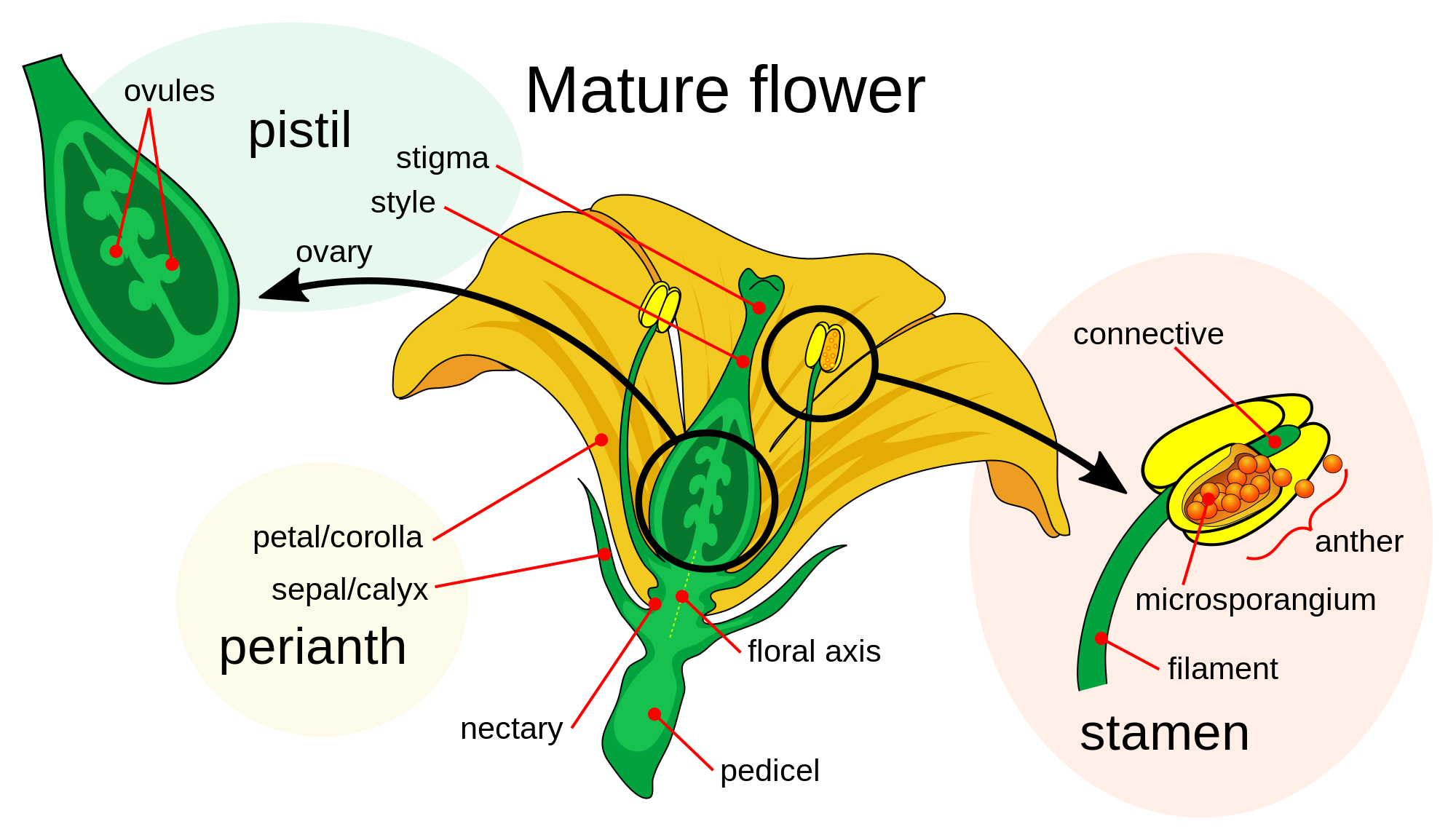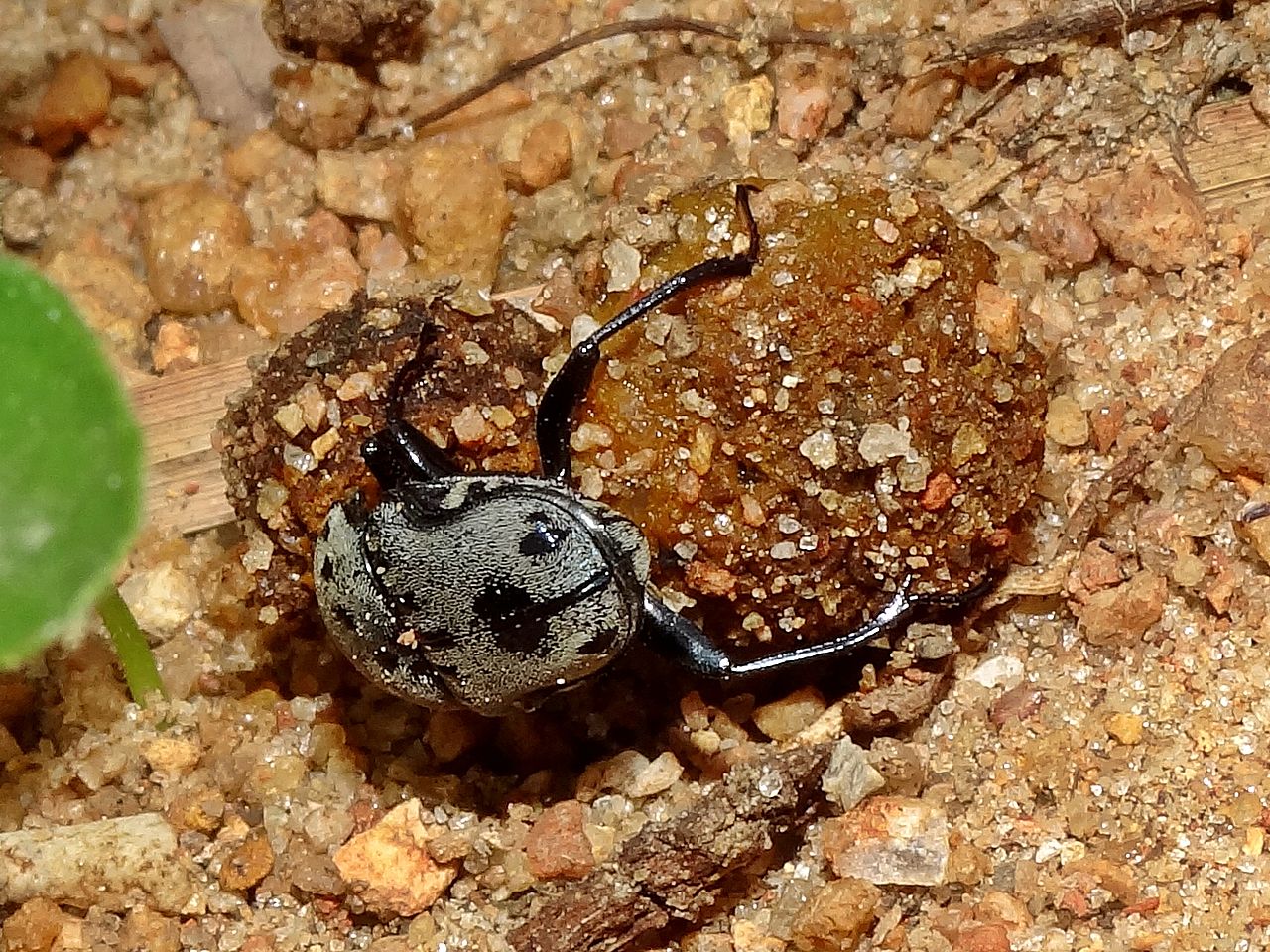Hello Everybody, today I am going to talk about sea animals, Some of them are Sea Horses, whales, and jelly Fishes
SEA HORSES
Seahorse is the name given to marine fishes. They are also called - "Hippocampus" comes from the Ancient Greek hippos meaning "horse" and kampos meaning "sea monster".
Seahorses are fish. They live in water, breath through gills.
However they do not have tail fins and have a long snake-like tail. They also have a neck and a snout that points down.
Eyesight
 Seahorses have excellent eyesight and their eyes are able to work independently on either side of their head. This means they can look forwards and backwards at the same time! This is particularly useful as they hunt for food by sight.
Seahorses have excellent eyesight and their eyes are able to work independently on either side of their head. This means they can look forwards and backwards at the same time! This is particularly useful as they hunt for food by sight.
Snout
Seahorses have long thin snouts enabling them to probe into nooks and corners for food. When they find food they suck it up through their snouts like a vacuum cleaner. Their snouts can expand if their prey os larger than the snout. They are not able to chew and have to disintegrate the food as they eat it.Tail
Seahorses have a prehensile tail. This allows them to grip onto eel grass and other weeds and prevents them from being washed away by strong currents and waves.
 Color
Color
Seahorses can change color very quickly and match any surroundings in which it finds itself. They have even been known to turn bright red to match floating debris.Seahorses are poor swimmers.
Species
There are between 30 and 40 species of seahorses worldwide.Habitat
Seahorses live in shallow weedy areas especially eel grass beds. In winter they move into deeper waters to escape the rough weather.Threats
Seahorses are under threat worldwide because of being used in traditional Chinese Medicine, they are used for decoration and pet trade
-----------------------------------------------------
SEA TURTLES
- Turtles are reptiles.
- Turtles have a hard shell that protects them like a shield, this upper shell is called a ‘carapace’.
- Turtles also have a lower shell called a ‘plastron’.
- Many turtle species (not all) can hide their heads inside their shells when attacked by predators.
- Turtles have existed for around 215 million years.
- The largest turtle is the leatherback sea turtle, it can weigh over 900 kg!
- Sea turtles lay eggs on land.
- Sea turtles live a long time. Around 70-80 years.
- Many sea turtles can hold their breath for over 30 minutes.
- Leather-back sea turtles have been known to dive over 1000 feet deep in the ocean.
- Sea turtles don't need to drink water. They can live off of the water they get from their food.
- Sea turtles sometimes look like they are crying. These tears are from special glands that allow them to get rid of extra salt they get by living in salt water oceans.
- Some turtles lay eggs in the sand and leave them to hatch on their own. The young turtles make their way to the top of the sand and scramble to the water while trying to avoid predators.
--------------------------------------------------------
JELLYFISHES
- Jellyfish live in the sea and are found in all oceans.
- Jellyfish look a little like umbrellas.Jellyfish can be large and brightly colored.
- They can often be transparent (see-through) or translucent (semi-translucent).
- Some can be very hard to see, nearly invisible to the human eye.
- Although the word is mentioned in their name, jellyfish are not fish.
- A group of jellyfish is called a ‘bloom’, ‘swarm’ or ‘smack’.
- Large blooms can feature over 100000 jellyfish.
- Jellyfish don’t have brains.
- Jellyfish use their tentacles to sting. Most are harmless to humans but stings from some species, such as the box jellyfish, can be very painful and sometimes kill.
- Jellyfish eat plankton. Some sea turtles eat jellyfish.
- Some jellyfish can glow in the dark, they have bioluminescent organs, which emit light. This light may help them in a number of different ways, like attracting prey or distracting predators.
- Jellyfish can clone themselves. If a jellyfish is cut in two, the pieces of the jellyfish can regenerate and create two new organisms. Similarly, if a jellyfish is injured, it may clone(copy) itself and potentially produce hundreds of offspring.
----------------------------------------------
WHALES
- Whales are mammals.
- This means that whale calves grow inside their mothers until they are born. Besides, they are nursed and taken care by their mothers until they reach certain age.
- Whales breathe air as we do.Therefore, they need to reach the surface of the ocean to breathe because they cannot breathe underwater.
- To breathe, whales have a blowhole in the top of their heads.
- When they reach the surface, they take air in through this blowhole.
- There are two types of whales, Baleen Whales and Toothed Whales.
- Baleen whales feed from krill and plankton.
- Krill are shrimp-like creatures which are very important ocean creatures.
- Toothed whales eat several kind of fish, like tuna, cod and salmon among others and some small mammals like seals.
- The Blue whale is the largest animal in the world.
- Even
more, it is the largest animal that has ever existed, even larger than the
largest dinosaur ever found. The blue whale is a baleen whale.
- Some baleen whales sing.
- Particularly the blue whales and the humpback whales are well known for singing.
- Some Whales can stay underwater for as long as 90 minutes.
- Whales do not sleep as we do.To rest, whales sleep only half brain so they remember to take air in, otherwise they would drown.

Dolphins are also whales
- Compared to other animals, dolphins are believed to be very intelligent.
- Dolphins are carnivores (meat eaters).
- Female dolphins are called cows, males are called bulls and young dolphins are called calves.
- Dolphins live in schools or pods of up to 12 individuals.
- Dolphins often display a playful attitude. They can be seen jumping out of the water, riding waves, play fighting and occasionally interacting with humans swimming in the water.
- Dolphins communicate with each other by clicking, whistling and other sounds.
- Some dolphin species face the threat of extinction
- Dolphins have been observed teaching young how to use tools. They cover their snouts with sponges to protect them while foraging.
- Dolphins are very intelligent animals.
- Dolphins have several highly developed forms of communication. They have a “signature whistle” which allows other individuals to recognise them They are known to stay and help injured individuals, even helping them to the surface to breath.
- Dolphins, whales, and porpoises do not chew their food. They swallow it whole!
- The world’s largest whale is the blue whale, which can grow to 100 feet long and weigh up to 300,000 pounds!
- Their tongues can weigh as much as an elephant! Blue whales are the largest mammals on Earth.
- A long, long time ago, dolphins used to be land animals!
- All of the fun squeaks and whistles you hear a dolphin make actually come out of their blowholes! They do not make sounds with their mouths.






















.jpg/218px-Garden_locust_(Acanthacris_ruficornis).jpg)



